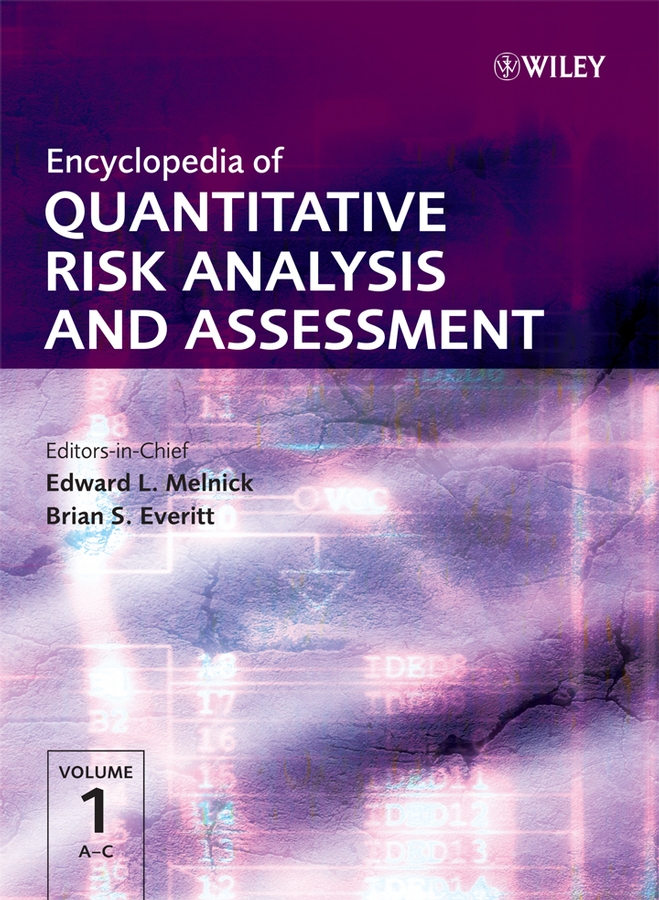Radioactive Chemicals/Radioactive Compounds
Abstract
Some atoms have unstable nuclei that spontaneously transform to more stable forms, often with the emission of particles and energy that are called radiation. Over 60 radionuclides are found in nature, and hundreds more can be made by man in devices such as reactors or accelerators. Terrestrial radionuclides are found in the earth's crust, and have been there since the earth was created. Cosmogenic radionuclides are generated when cosmic rays from space interact with the earth's atmosphere and crust. Anthropogenic radioactivity comes from human activities such as nuclear weapon tests and use, reactor operation and accidents, and use of particle accelerators. Health effects from exposure to radiation fall into two categories. Deterministic effects occur only when a minimum dose or threshold is exceeded, and get more severe as the dose increases further. Examples include reddening of the skin (erythema) and formation of cataracts. With stochastic effects (such as cancer and genetic effects), the probability rather than the severity of the effect increases with dose. The degree of health risk from a radioactive compound varies with factors that include the concentration and strength of the radionuclide in the material, the types of radiation that are emitted, the route by which exposure occurs, how the material behaves in the human body, and the chemical toxicity of the material. Much research has been conducted in humans and animals to describe how radioactive materials are retained and transported in the human body and to describe the kinetics of transport, retention, and excretion. Detailed mathematical models have been developed to support prediction and/or reconstruction of concentrations of radionuclides in the different body tissues over time so that doses to specific organs can be estimated and health risks evaluated.



